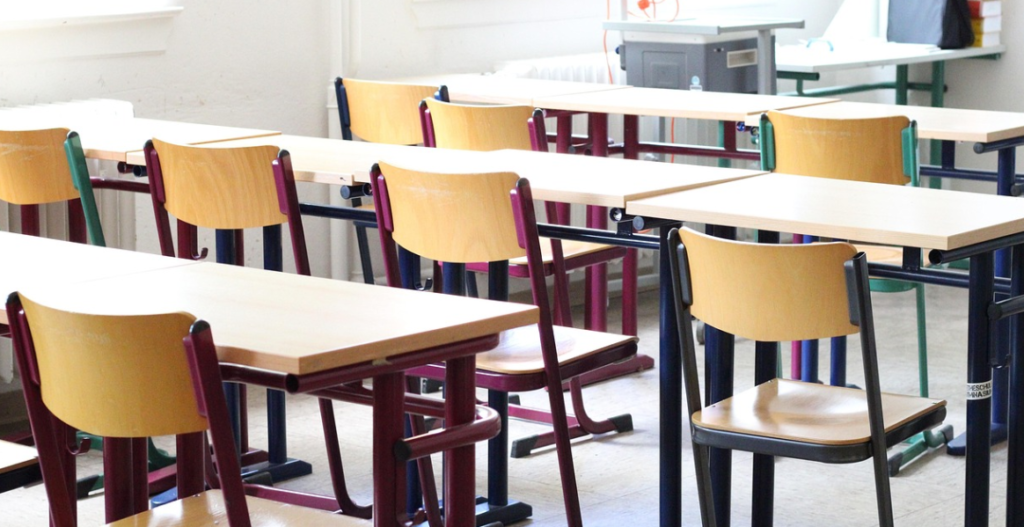In today’s increasingly globalized world, multilingual classrooms have become more common than ever. Schools across the globe are welcoming students who speak different native languages, creating diverse learning environments. But is this linguistic diversity a challenge to overcome, or an opportunity to embrace? The answer lies in how educators, policymakers, and communities approach the situation.
1. The Challenges of Multilingual Classrooms
Language Barriers and Communication Issues
One of the most immediate challenges in a multilingual classroom is communication. Teachers may struggle to ensure that all students fully understand instructions, concepts, and materials. Students who are not proficient in the language of instruction may feel isolated or fall behind academically.
Curriculum Adaptation
Most curriculums are designed for monolingual environments, making it difficult to accommodate students who are still acquiring the dominant language. Teachers may need to modify lesson plans, provide extra resources, or use translation tools to bridge the gap.
Assessment and Evaluation
Standardized tests and grading systems often do not take linguistic diversity into account. A student may struggle with language-related aspects of an exam while excelling in comprehension and problem-solving skills.
Social Integration and Peer Relationships
Language differences can sometimes lead to social barriers among students. Those who do not speak the majority language fluently may find it difficult to form friendships or participate in group activities, leading to feelings of exclusion.
2. The Opportunities of Multilingual Classrooms
Cognitive and Academic Benefits
Research has shown that bilingual and multilingual students often have cognitive advantages, including enhanced problem-solving skills, creativity, and mental flexibility. Exposure to multiple languages at an early age can improve overall linguistic abilities and even boost academic performance.
Cultural Awareness and Global Readiness
Multilingual classrooms expose students to different cultures, perspectives, and traditions. This fosters empathy, open-mindedness, and an appreciation for diversity—essential skills in today’s interconnected world.
Innovative Teaching Strategies
To accommodate diverse linguistic backgrounds, educators are developing new teaching methods that benefit all students. Strategies such as visual learning, project-based learning, and the use of technology can enhance comprehension and engagement for multilingual and monolingual students alike.
Preparation for a Multilingual Workforce
In many professional fields, multilingualism is an asset. Students who grow up in multilingual classrooms gain valuable skills that can later be applied in international business, diplomacy, healthcare, and many other careers.
3. Best Practices for Supporting Multilingual Classrooms
Encouraging Language Inclusion
Rather than forcing students to abandon their native languages, schools can integrate multilingual elements into the curriculum. Allowing students to express themselves in their strongest language before transitioning to the dominant language of instruction can boost confidence and comprehension.
Using Bilingual Resources
Providing bilingual books, subtitles, and digital translation tools can help bridge language gaps and support students in their learning journey.
Training Educators in Multilingual Teaching Strategies
Teacher training programs should include multilingual education techniques, such as scaffolding, peer tutoring, and translanguaging (the practice of fluidly switching between languages in learning environments).
Creating a Culturally Inclusive Environment
Schools can celebrate linguistic diversity by incorporating multicultural activities, language appreciation events, and peer mentorship programs to foster a sense of belonging for all students.
4. Conclusion
While multilingual classrooms present challenges, they also offer invaluable opportunities for academic growth, cultural exchange, and cognitive development. The key lies in creating inclusive, adaptive learning environments that leverage linguistic diversity as an asset rather than a hurdle. By embracing multilingualism, educators can prepare students for a more interconnected and globally aware future.


